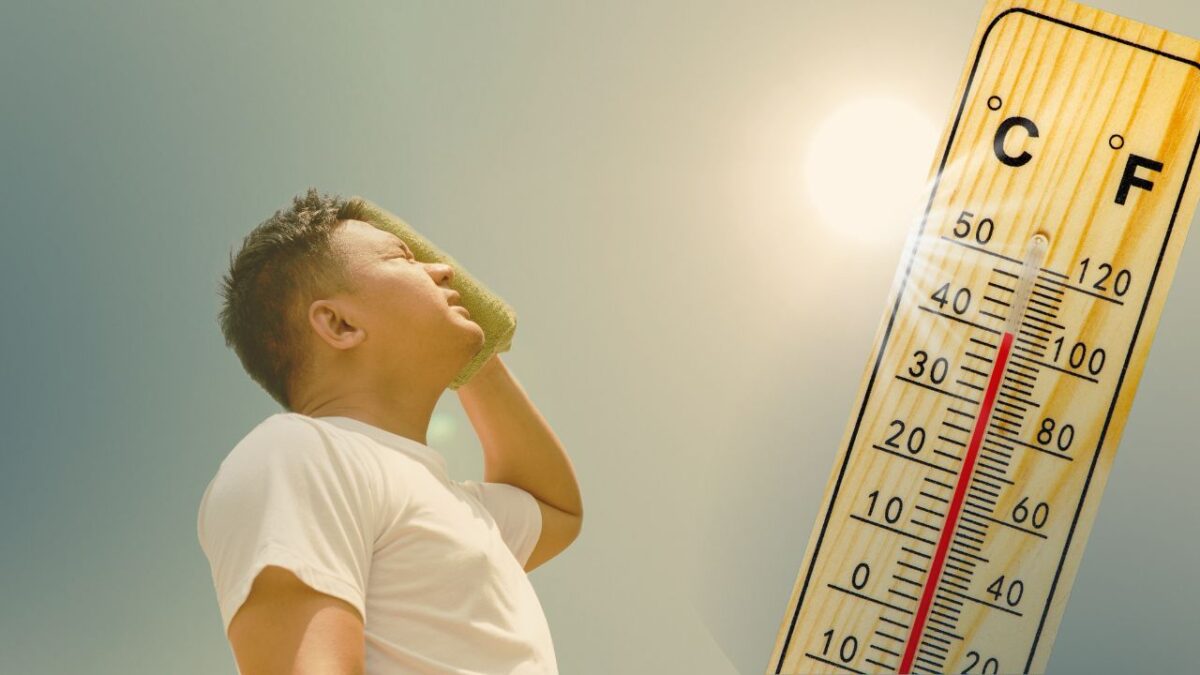Metro Manila may reach 43°C heat index on Sunday — Pagasa

INQUIRER.net stock images
MANILA, Philippines — The heat index in Metro Manila may reach a scorching 43°C on Sunday, the Philippine Atmospheric, Geophysical and Astronomical Services Administration (Pagasa) warned.
The state weather bureau said that this heat index was forecast from its station at the Ninoy Aquino International Airport in Pasay City.
READ: Sporadic rains ‘precursory signs’ of coming wet season—Pagasa
Meanwhile, below is the list of areas where heat indices ranging from 42 to 46 °C were likely to be experienced:
46 °C
- Dagupan City, Pangasinan
45 °C
- Roxas City, Capiz
44 °C
- Bacnotan, La Union
- Sangley Point, Cavite
- Ambulong in Tanauan, Batangas
- Iloilo City, Iloilo
- Dumangas, Iloilo
- Catbalogan, Samar
- Dipolog, Zamboanga del Norte
- Zamboanga City
43 °C
- Laoag City, Ilocos Norte
- Iba, Zambales
- Casiguran, Aurora
- Coron, Palawan
- San Jose Occidental Mindoro
- Puerto Princesa City, Palawan
- Cuyo, Palawan
- Virac, Catanduanes
- Catarman, Northern Samar
42 °C
- MMSU in Batac, Ilocos Norte
- Tuguegarao City, Cagayan
- ISU in Echague, Isabela
- CLSU in Muñoz, Nueva Ecija
- Cubi Point in Subic Bay, Olongapo City
- Alabat, Quezon
- Calapan, Oriental Mindoro
- Daet, Camarines Norte
- Legazpi City, Albay
- Masbate City, Masbate
- Juban, Sorsogon
According to Pagasa, heat index is “a measure of the contribution that high humidity makes with abnormally high temperatures in reducing the body’s ability to cool itself.”
READ: Pagasa: Dry season temperature may have already peaked
Heat indices ranging from 42 to 51 degrees Celsius fall under the “danger” category, and people exposed to these heat indices are prone to heat cramps, exhaustion, and even heat stroke with drawn-out exposure.
To prevent the effects of roasting weather, the state weather bureau said the public must limit time spent outdoors; drink plenty of water; avoid tea, coffee, soda, and liquor; use umbrellas, wear hats, and wear sleeved clothing outdoors; and schedule heavy-duty activities on the cooler periods of the day.
It also noted that symptoms of heat-related illnesses include heavy sweating, exhaustion or fatigue, dizziness or lightheadedness, blacking out or feeling dizzy when standing, a weak but fast pulse, nausea, and vomiting.
In cases of emergency, Pagasa advised the public to do the following:
- Move the person to a shady spot and lie him or her down with legs elevated
- If conscious, have the person sip cool water
- Remove clothing
- Apply cool water to the skin and provide ventilation
- Apply ice packs to the armpits, wrists, ankles, and groin
- If the condition of the person worsens, bring him or her to a hospital immediately